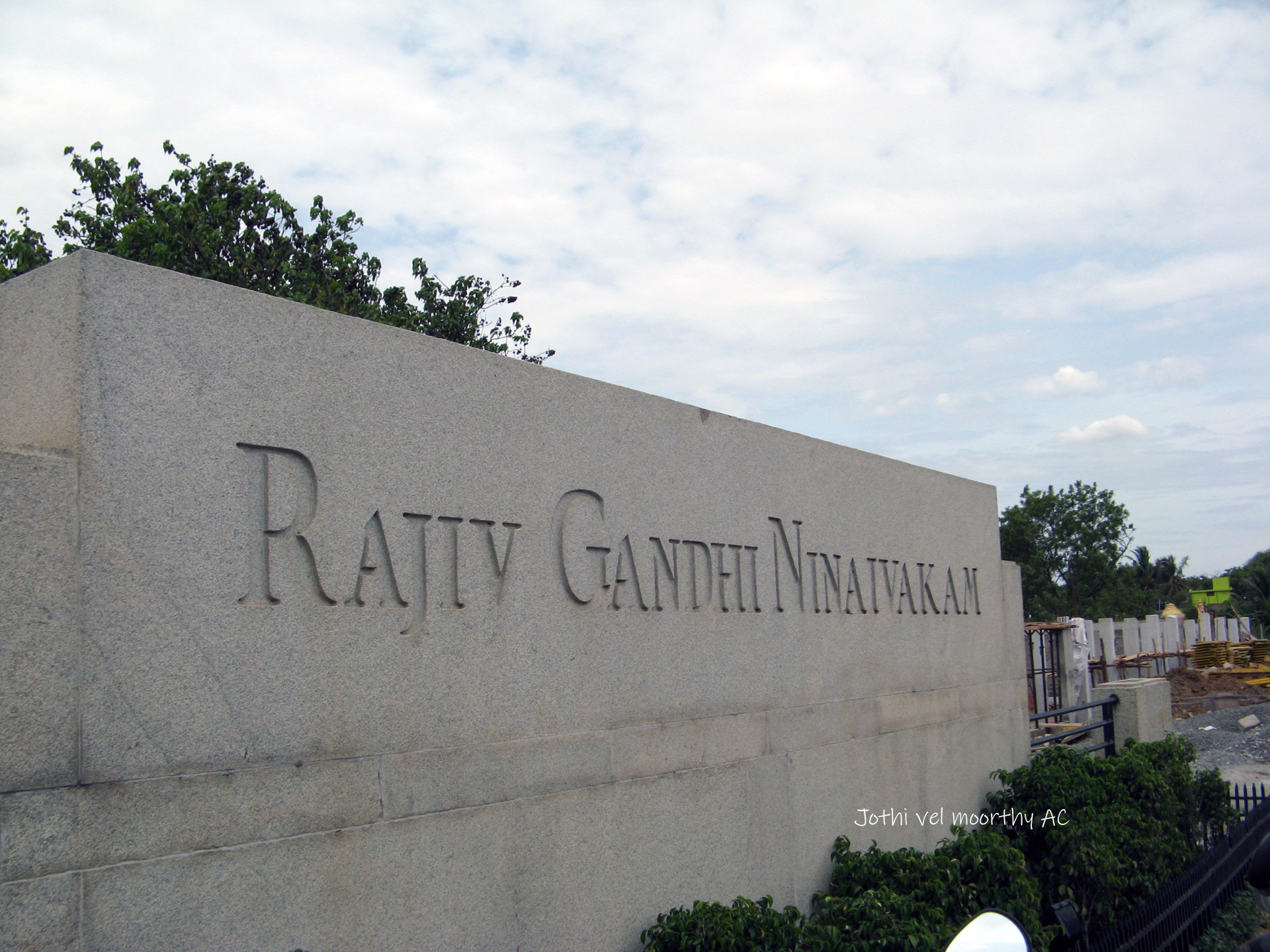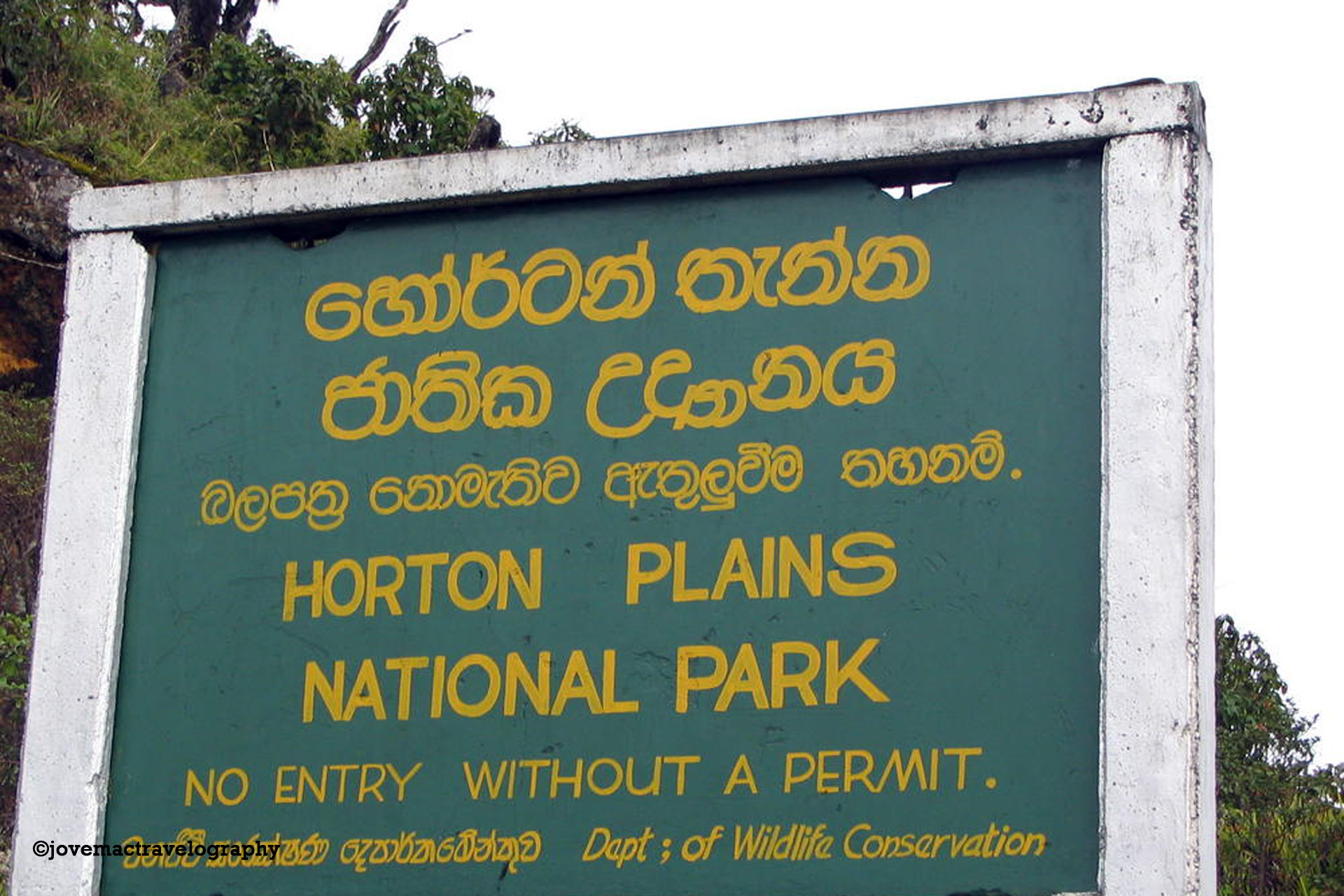Our first destination of this international trip was the Sigiriya Fort which is located in the central Matale District near the town of Dambulla in the Central Province, Sri Lanka.
Sigiriya (meaning Lion Rock in Sinhalese), an ancient rock fortress, is a UNESCO listed World Heritage site. The name refers to a site of historical and archaeological significance that is dominated by a massive column of rock nearly 200 metres (660 ft) high.
Sigiriya is considered to be one of the most important urban planning sites of the first millennium, and the site plan is considered very elaborate and imaginative. The plan combined concepts of symmetry and asymmetry to intentionally interlock the man-made geometrical and natural forms of the surroundings. On the west side of the rock lies a park for the Royals, laid out on a symmetrical plan; the park contains water-retaining structures, including sophisticated surface/subsurface hydraulic systems, some of which are working even today. The south contains a man-made reservoir; these were extensively used from the previous capital of the dry zone of Sri Lanka. Five gates were placed at entrances. The more elaborate western gate is thought to have been reserved for the Royals.
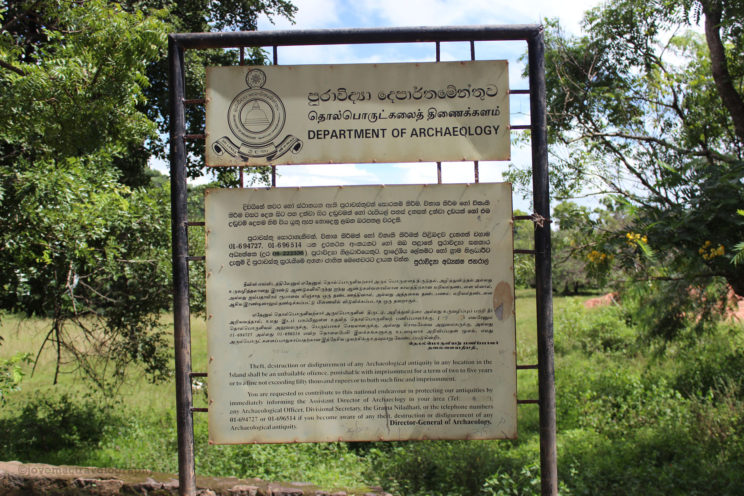

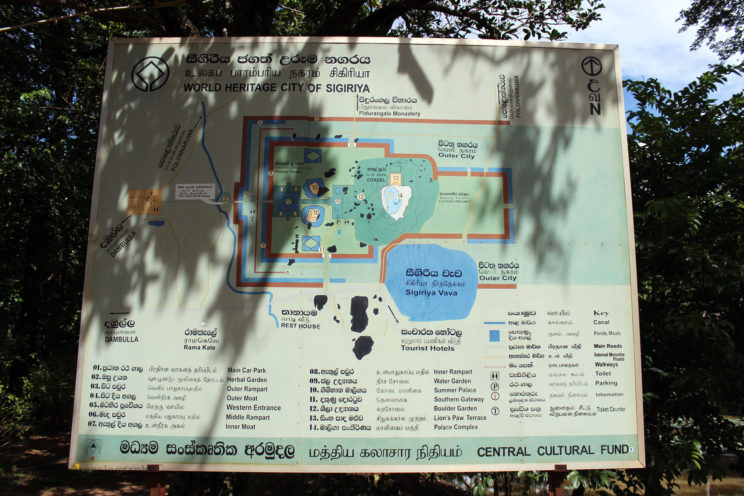
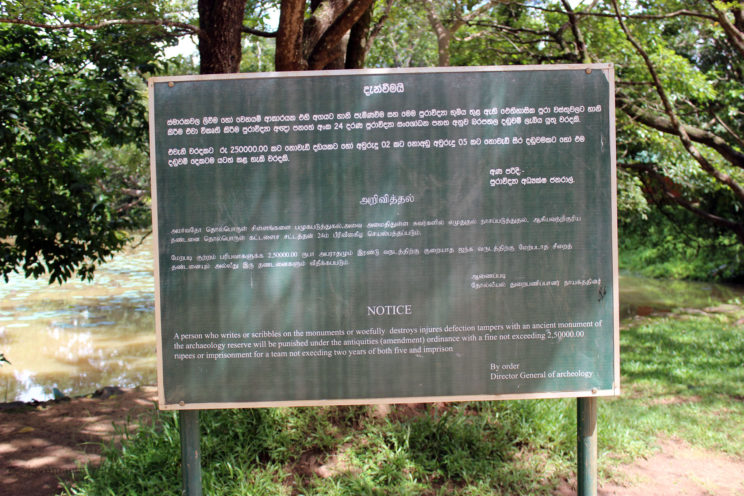
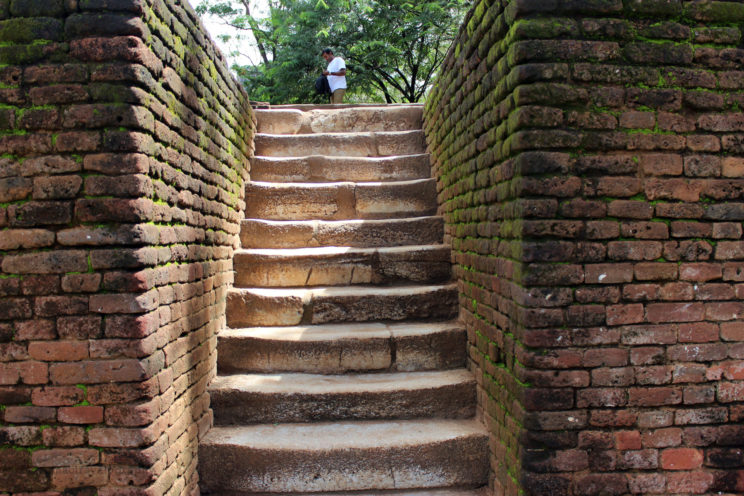
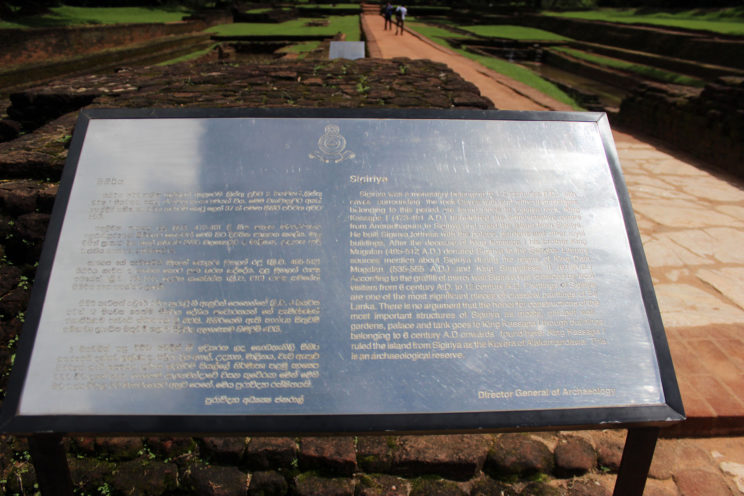
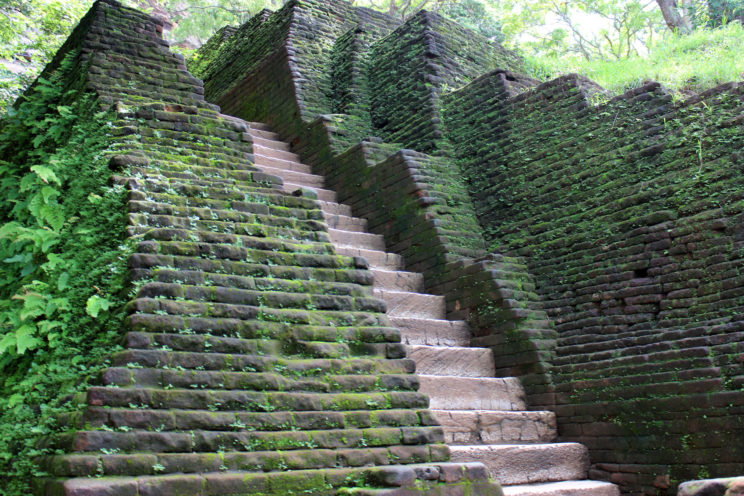

Reached the top!


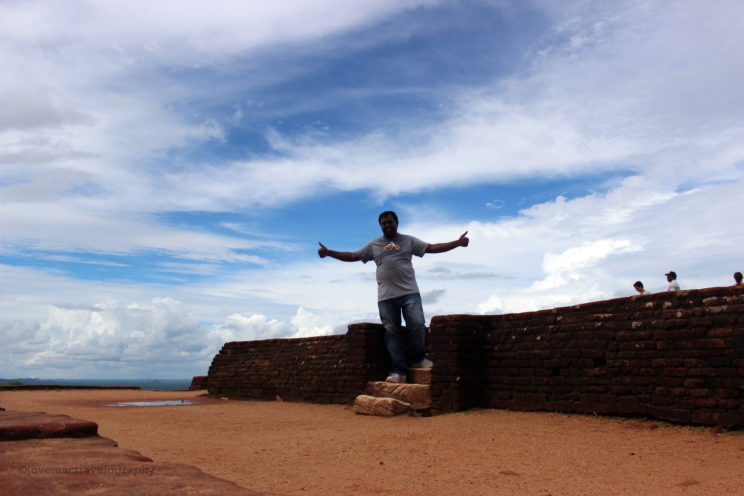

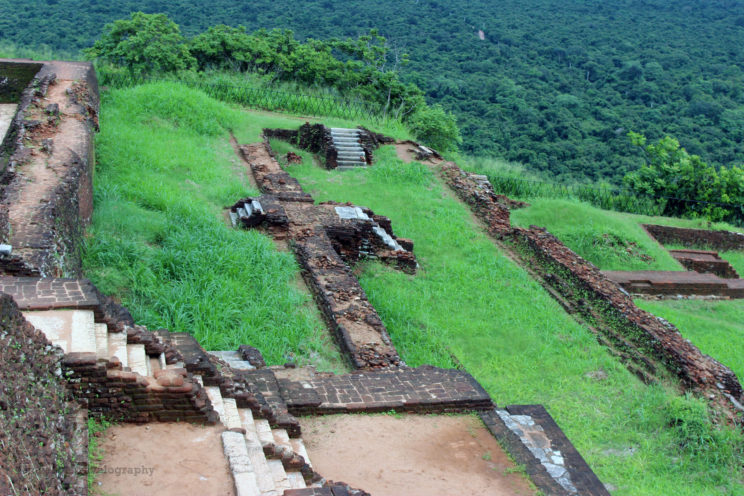
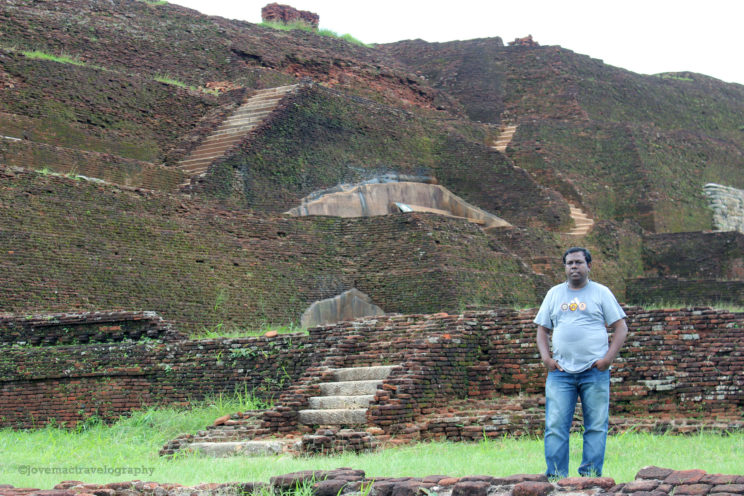


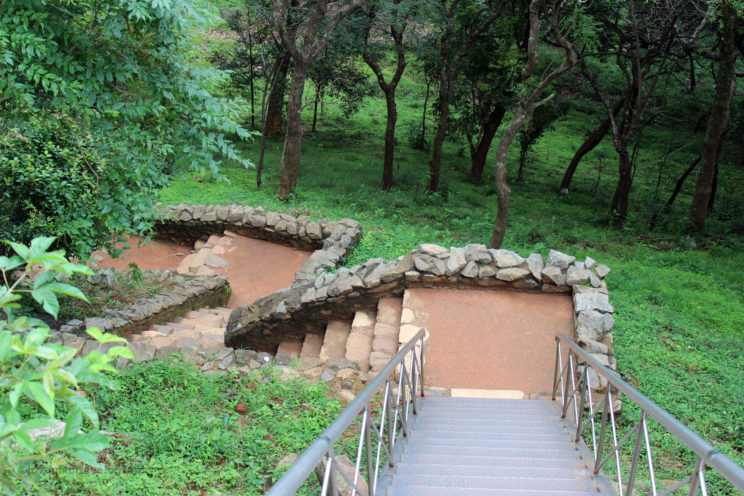
Sigiriya Frescoes The graffiti on the Sigiriya mirror wall express the admiration and delight of the art lovers of the aesthetic attributes of the damsels portrayed in Sigiriya Frescoes.


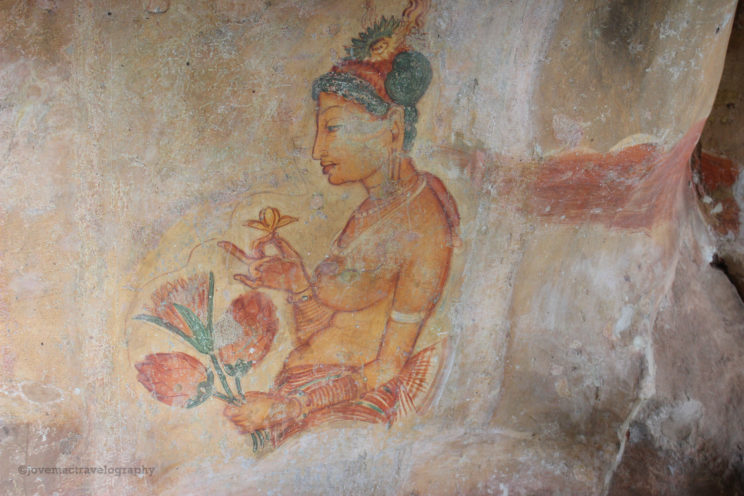




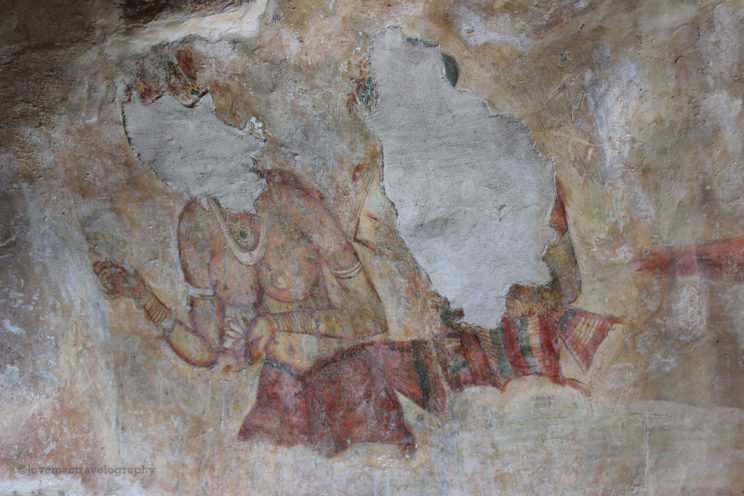

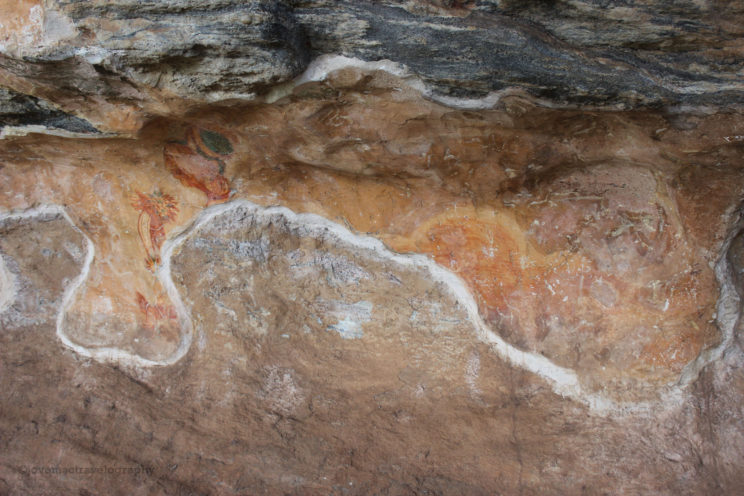


The damsels portrayed in the frescoes are featured to be the main inspirational source for the Sigiri Graffiti. The bulk of the graffiti belong to the period from 6th to 10th Centuries AD. While a few had appeared in the 13th Century AD. The script of most of the graffiti is medieval Sinhala and some had been written in the Nagari and the Tamil scripts.
The graffiti has an immeasurable importance to palaeography of the period Sinhala phonetics, literature and to the Sinhala language as a whole.
The graffiti comprising various poetical expressions depict the Sinhala literature and the contemporary society.
Sigiriya – The Mirror wall Originally this wall was so highly polished that the king could see himself whilst he walked alongside it. Made of brick masonry wall and covered in highly polished white plaster,the wall is now partially covered with verses scribbled by visitors to the rock. The mirror wall has verses dating from as early as the 8th century. People of all types wrote on the wall, on varying subjects such as love, irony, and experiences of all sorts. Further writing on the mirror wall now has been banned for the protection of old writings of the wall.


The Gardens of the Sigiriya city are one of the most important aspects of the site, as it is among the oldest landscaped gardens in the world.

With this we exited this place and moved on to the next.
![]()

